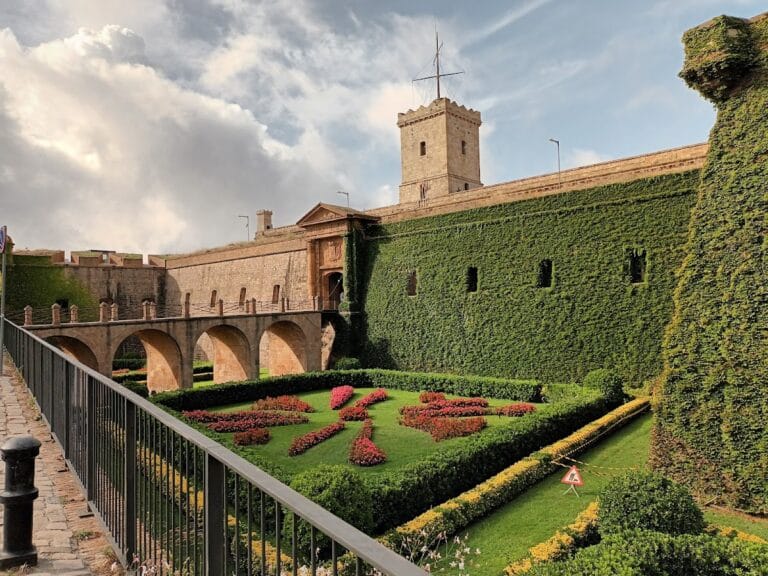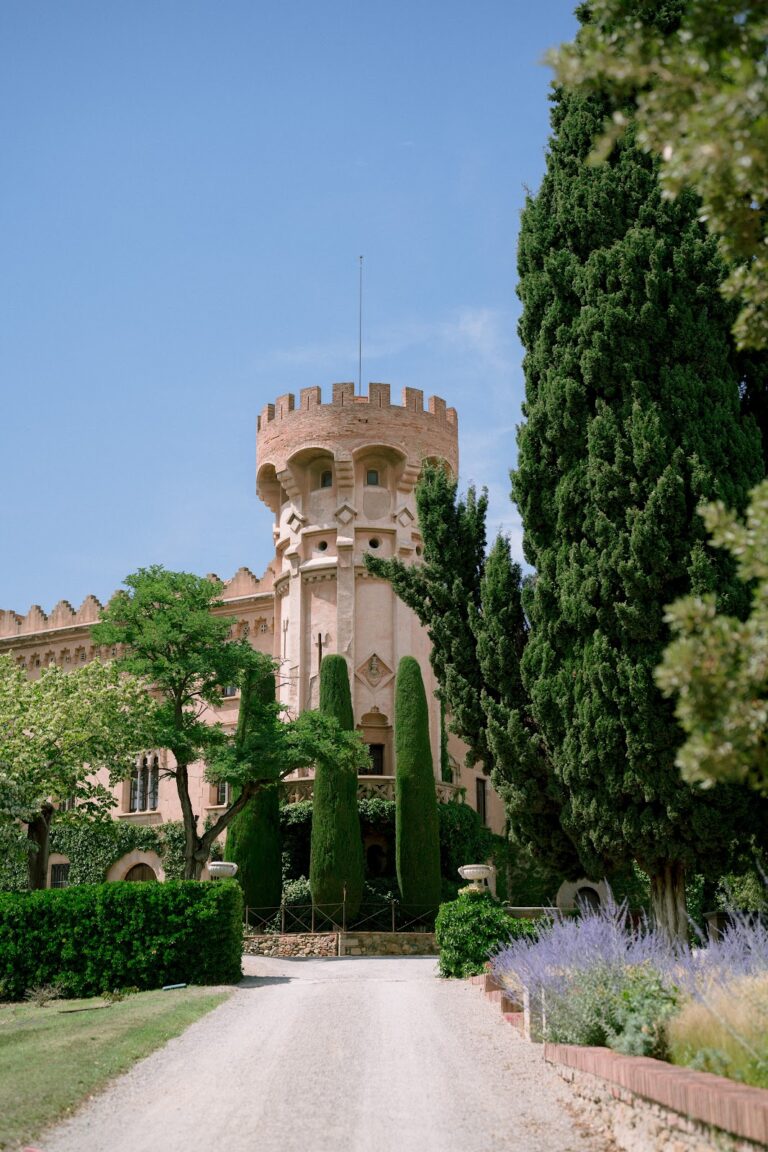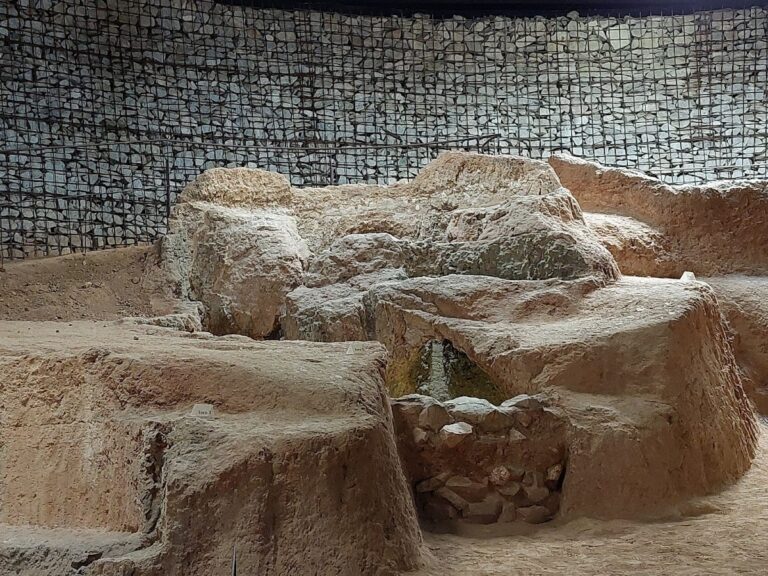Badalona Museum: Preserving the Iberian Settlement of Baitolo
Visitor Information
Google Rating: 4.6
Popularity: Medium
Google Maps: View on Google Maps
Official Website: www.museudebadalona.cat
Country: Spain
Civilization: Roman
Remains: Sanitation
History
The Badalona Museum is located in Badalona, a city in the province of Barcelona, Catalonia, Spain. The site preserves artifacts from the ancient Iberian settlement known as Baitolo, which occupied a hill called Turó d’en Boscà at about 198 meters altitude. This settlement existed during the late 2nd century BCE, around 150 to 75 BCE, before the establishment of the Roman city Baetulo nearby.
Baitolo was inhabited by the Iberians, a pre-Roman people of the northeastern Iberian Peninsula. The name Baitolo is known from inscriptions on local Iberian coins and is the origin of the Latin name Baetulo. In the early 1st century BCE, the Romans founded Baetulo on a lower hill near the Maresme branch of the Via Augusta, a major Roman road. Following this foundation, the original Iberian settlement was gradually abandoned, and its building materials were likely repurposed for Roman constructions.
The Iberian inhabitants practiced cremation but also had individual burial customs. Some members of society were buried in necropolises near the settlement, marked by small burial mounds topped with stone slabs called steles. These steles bore inscriptions with the names of the deceased and symbolic decorations. After the Roman foundation of Baetulo, these Iberian funerary monuments were reused pragmatically, sometimes as building materials or even as sewer covers.
Three such Iberian funerary steles are preserved today in the Badalona Museum. One, known as the Can Peixau stele, was found in 1929 in the Llefià neighborhood, reused as a bench at the entrance of a farmhouse. The other two were discovered in 2000 beneath the Roman cardo maximus, the main north-south street of Baetulo, where they served as covers for a sewer. These two steles bear inscriptions with the same personal name, interpreted as belonging to a father and son. This unique find illustrates how the second generation of Iberians in Baetulo partially adopted Roman customs while retaining their native language and script.
The Can Peixau stele passed through several institutions after its discovery, including the Archaeological Museum of the Diputació, before arriving at the Badalona Museum. The area around Can Peixau also revealed a Roman villa with rustic outbuildings and several Roman funerary monuments, showing continued occupation and reuse of the site during Roman times.
Remains
The Badalona Museum houses three monolithic stone steles from the Iberian period, each inscribed in the northeastern Iberian script. These slabs originally marked individual graves in necropolises near the ancient settlement of Baitolo.
The Can Peixau stele measures about 90 centimeters long. It was found reused as a bench and features an inscription at the top. Below the text is a framed decoration showing three vertical lance motifs and a swastika symbol to the right. Further down are a crescent moon and a six-pointed rosette set within a recessed circle. These symbols likely held religious or cultural significance, possibly representing celestial bodies or warrior attributes.
The two Baetulo steles, found side by side under the Roman cardo maximus sewer, measure approximately 90 and 142 centimeters in length. Both were trimmed by the Romans to fit the sewer’s width and laid flat as cover slabs, held in place by smaller stones. The first Baetulo stele has a two-line inscription with no visible decoration on the preserved portion; its upper part is missing. The second stele bears a four-line inscription on its lower two-thirds and a low relief decoration of five vertical lances on the upper third. Only one lance tip remains intact, as the others were likely damaged during resizing.
The lance motifs on the Can Peixau and second Baetulo steles are also found on other Iberian funerary stones in Catalonia and Lower Aragon. These symbols are interpreted as signs of warrior status rather than specific weapons, possibly linked to auxiliary troops serving Rome. The crescent moon may relate to an Iberian deity and symbolize the life cycle, while the swastika is a solar emblem. The rosette could represent a warrior’s shield or an astral symbol, reflecting Iberian rural religious beliefs centered on nature and celestial bodies.
The inscriptions are deeply carved and include personal names formed by two-part lexical units with suffixes indicating dedication or family relations. These linguistic features provide insight into the Iberian language and script used in the region. The steles are catalogued in the Monumenta Linguarum Hispanicarum as C.8.1 (Can Peixau) and C.8.10 and C.8.11 (Baetulo steles), with the “C” denoting the Catalan coastal area and “8” the Baetulo site.
Together, these steles offer a rare look into the funerary practices, language, and cultural transition from Iberian to Roman influence in ancient Badalona.










